In 1893, something extraordinary happened not in the icy fjords of Norway, but on the bustling shores of Chicago. A sleek wooden longship, its curved bow rising like a dragon’s neck, sailed into the harbor, drawing crowds and headlines. This wasn’t just a Viking-themed display for the World’s Columbian Exposition. It was a living challenge to everything Americans thought they knew about who really discovered the New World.
This ship, simply named “Viking,” was a full-scale replica of a real 9th-century Viking vessel the Gokstad ship discovered in a burial mound in 1880. Built with authentic tools and techniques, it became more than a tribute to Norse craftsmanship. It became a bold statement of historical truth.
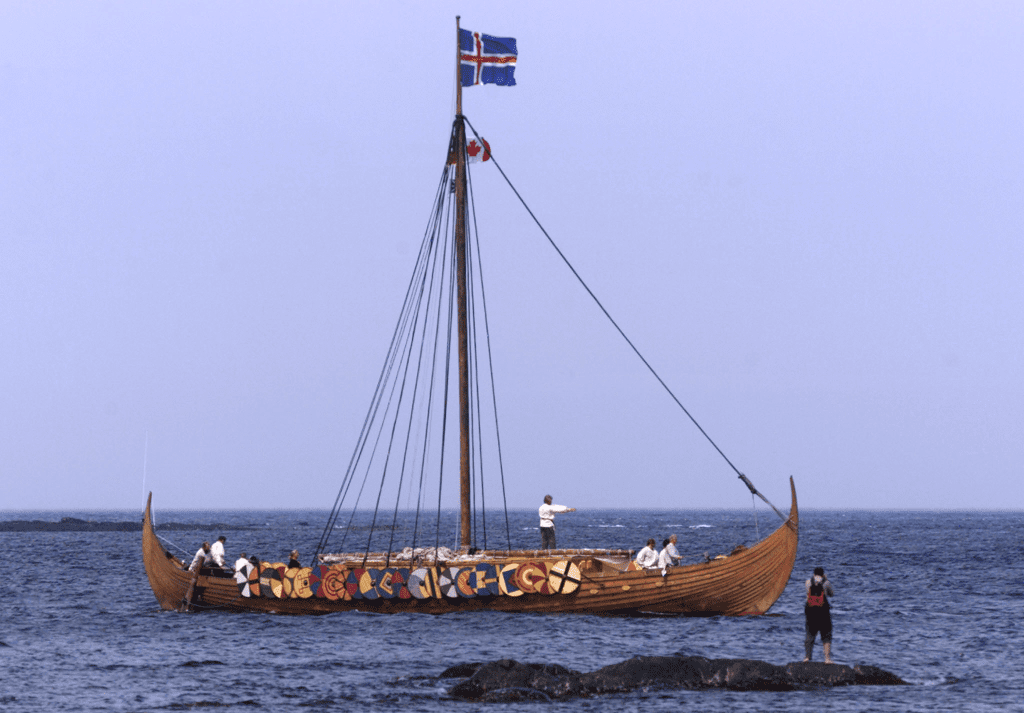
A Ship Built from Saga and Legend
The Viking project was spearheaded by Captain Magnus Andersen, a seasoned Norwegian sailor and passionate historian. His goal wasn’t to just build a ship it was to prove a point that had long echoed through the pages of ancient Norse sagas: Leif Erikson not Columbus was the first European to reach North America.
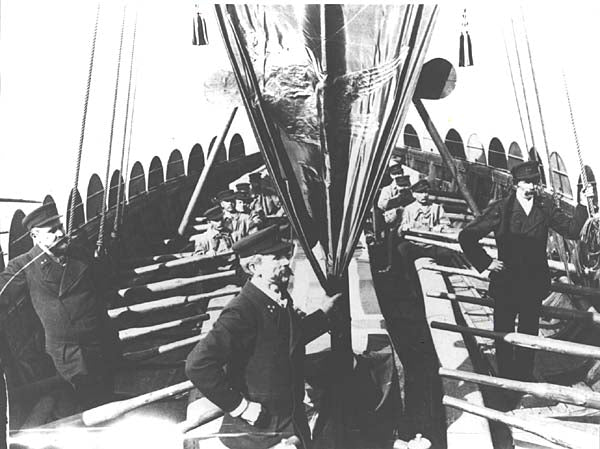
The ship was constructed using traditional Viking shipbuilding methods. Craftsmen employed clinker-built techniques, where oak planks overlapped like fish scales, forming a 78-foot-long, seaworthy vessel. It had no engine, no compass, and no modern navigation gear. Only a single square sail and a crew of tough Norwegian seafarers armed with sheer determination.
Video:
What Made the Viking Longship So Terrifyingly Effective
A Journey Across Time and Ocean
In the spring of 1893, the crew set sail from Bergen, Norway, braving the treacherous North Atlantic. Their route echoed the one laid out in ancient Norse texts: Iceland, then Greenland, followed by Newfoundland thought to be part of the fabled Vinland described in the sagas.
For weeks, they endured stormy weather, icy waters, and the constant sway of the open sea. And yet, without GPS or satellite weather forecasts, they made it. Their arrival in Newfoundland marked not only a historic echo of Leif Erikson’s landing but also the undeniable demonstration that Viking voyages across the Atlantic were very much possible.
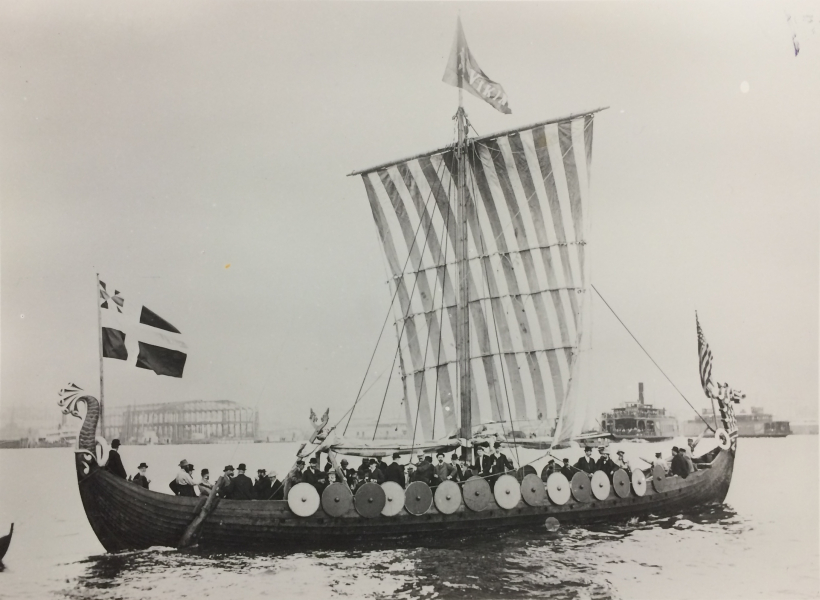
A Viking Welcome in Chicago
From Newfoundland, the crew sailed inland, passing through the Saint Lawrence River and the Great Lakes, eventually reaching their final destination Chicago, just in time for the World’s Columbian Exposition.
It was a spectacle. At a fair meant to honor Christopher Columbus for his 1492 voyage, the arrival of a Viking ship that had traveled a similar route centuries earlier shook the narrative to its core. Visitors were mesmerized. Newspapers from New York to San Francisco ran stories about the brave Norwegians and their mysterious-looking ship.
Thousands came to see the Viking firsthand, admiring its intricate woodwork, the fearless crew, and the idea that maybe just maybe the story of America’s discovery needed rewriting.
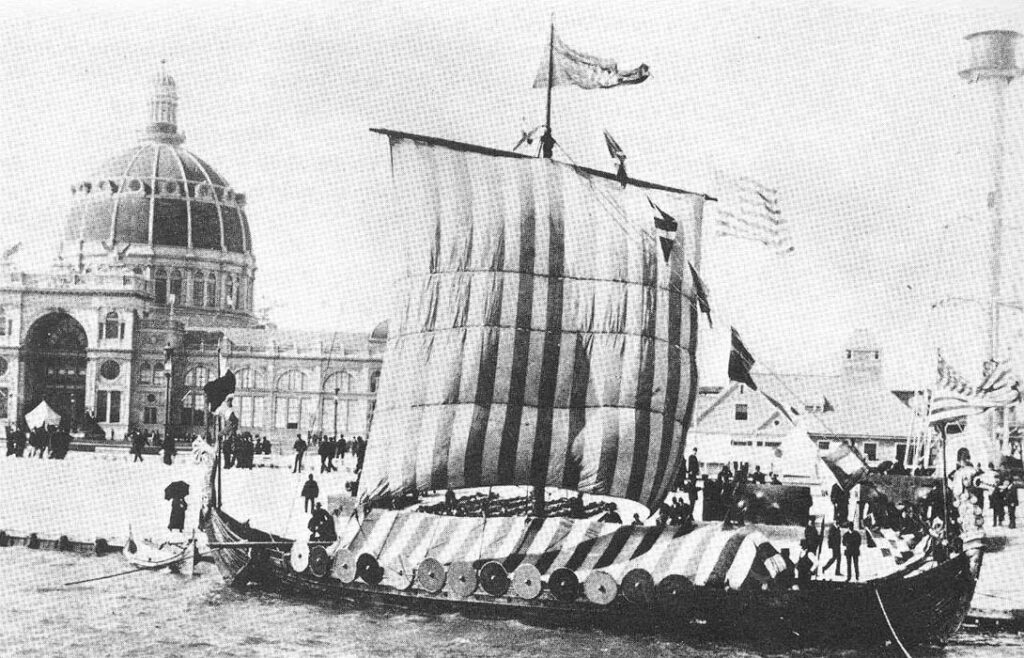
The Norse Sagas Come to Life
The voyage was more than symbolic. It was a turning point in the way historians and the public viewed the Norse presence in North America. The tales of Leif Erikson and Thorfinn Karlsefni, once seen as myth or folklore, suddenly felt real.
Video:
How did the Vikings Reach America 500 years before Columbus?
And decades later, archaeological evidence at L’Anse aux Meadows in Newfoundland confirmed that Norse explorers did indeed set foot on North American soil around the year 1000 AD — almost 500 years before Columbus.
The 1893 journey didn’t just revive interest in Viking lore. It became a cornerstone in reshaping our understanding of transatlantic exploration.
The Viking Ship Today: A Legacy Preserved
After the fair, the Viking ship remained in the U.S. and was eventually moved to Good Templar Park in Geneva, Illinois, where it is still preserved today. Though weathered by time, it stands as a tribute to the Norse spirit of adventure and to one of the boldest experiments in historical reenactment ever attempted.
Visitors can still walk around the hull, marvel at its craftsmanship, and imagine the roar of the North Atlantic that once crashed over its sides. It’s not just a museum piece it’s a time machine carved in wood.
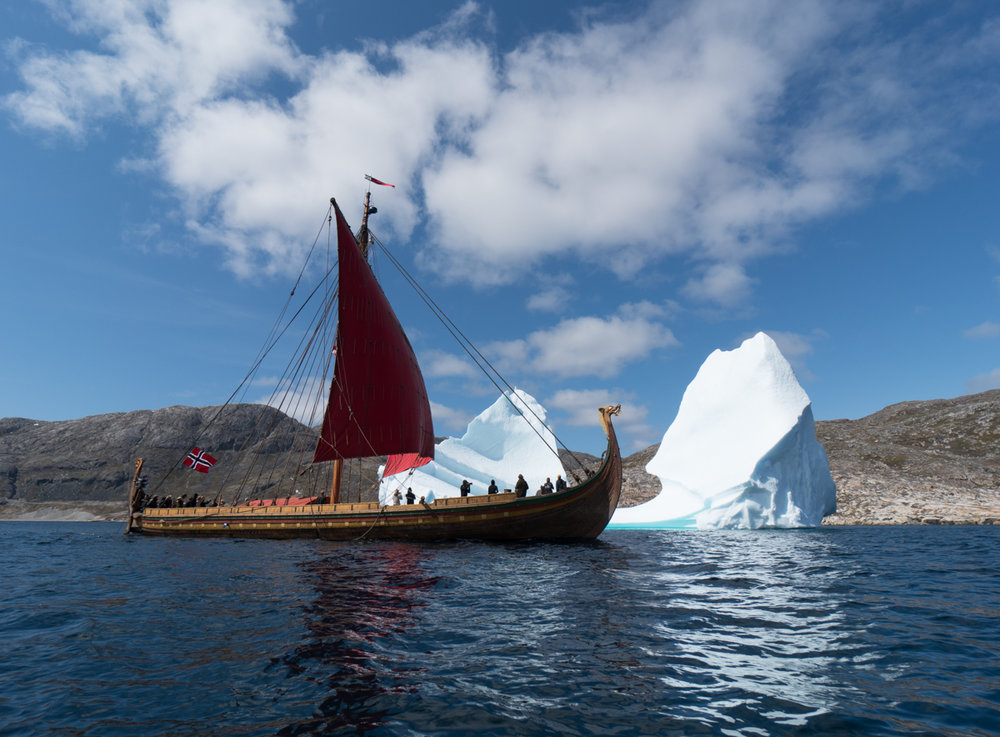
Rewriting Discovery
More than a century after its voyage, the Viking ship remains a powerful symbol. It reminds us that history is rarely as simple as we were taught. That great explorers existed long before European empires began drawing maps. And that sometimes, all it takes to rewrite the record is a group of passionate people, a few sturdy planks of oak and the courage to sail into the unknown.
In a world full of forgotten truths, the Viking still floats a wooden whisper from the past that refuses to be ignored.


